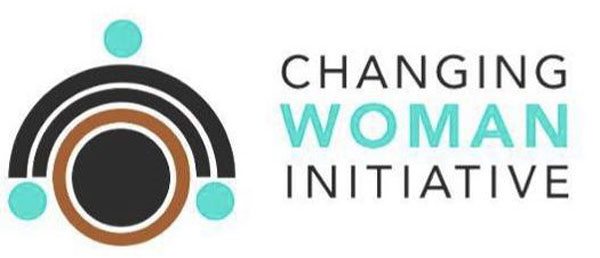
April 29, 2018; Santa Fe New Mexican
When the Santa Fe Indian Hospital closed its childbirth services, Emily Haozous, a member of the Fort Sill Apache Tribe, opted for a home birth, paying $2,000 from her household’s income. Haozous, a Santa Fe resident who holds a doctorate in nursing and is an associate professor of nursing at The University of New Mexico, called it “eye-opening.” MaryAgnes Talache of Nambe Pueblo was pregnant with her sixth child when faced with the birthing unit’s closing; she also chose home birth as an alternative and is looking forward to another home delivery now. She, too, found she prefers giving birth at home to the hospital experience.
Both women now sit on the board of the Changing Woman Initiative, a local nonprofit that aims to improve healthcare for American Indian women in Northern New Mexico, in part by reviving cultural traditions that have nearly been shut out over decades of increasingly medicalized approaches to childbirth.
Nicolle Gonzales, 38, a member of the Navajo Nation and a nurse midwife who lives in San Ildefonso Pueblo, started the nonprofit about five years ago with the goal of opening the nation’s first American Indian birthing center. Not only does she plan to make use of culturally appropriate tribal birthing practices, but she also plans to serve Medicaid patients and those who are uninsured or underinsured.
Gonzales said that years of watching the treatment of American Indian women in hospitals have illustrated what does not work, and her own experiences in giving birth reinforced her resolve.
Sign up for our free newsletters
Subscribe to NPQ's newsletters to have our top stories delivered directly to your inbox.
By signing up, you agree to our privacy policy and terms of use, and to receive messages from NPQ and our partners.
There was no talk about my role as a mother, introducing my traditions into the birth process. When I started to learn about those traditions in our community and our history, it was really amazing to hear about the rich history of birthing in our Native communities, and how our Native women used to birth in hogans surrounded by our family, talking to our babies in our Native language first, cleansing the space in a ceremonial cleansing before the baby came, and then after.
The Changing Woman “is a deity which takes care of all women,” Gonzales says. “She also represents transformation. A lot of our ceremonies reflect her in some form. She helps rebalance the male and female energy.”
She and architect Scott Moore y Medina of Blue Star Integrative Studio Inc., who is designing the facility and helping to get the project off the ground, met at Standing Rock. At the time, Gonzales was helping to provide medical services in tents at the North Dakota camp that was home to the historic protests against the pipeline.
To date, Changing Woman has raised more than $400,000 from a variety of sources, but it needs $7 million. Moore y Medina, who has had his own encounters with hospital birth, says the way that Gonzales works to find the right approach for American Indian women “at the intersection of Western medicine and traditional practices” is critically important in its “holding a space for reconnection.
“I don’t know how else to hold on to that,” Moore y Medina said. “We’ve got to get this thing built somehow.”—Ruth McCambridge












